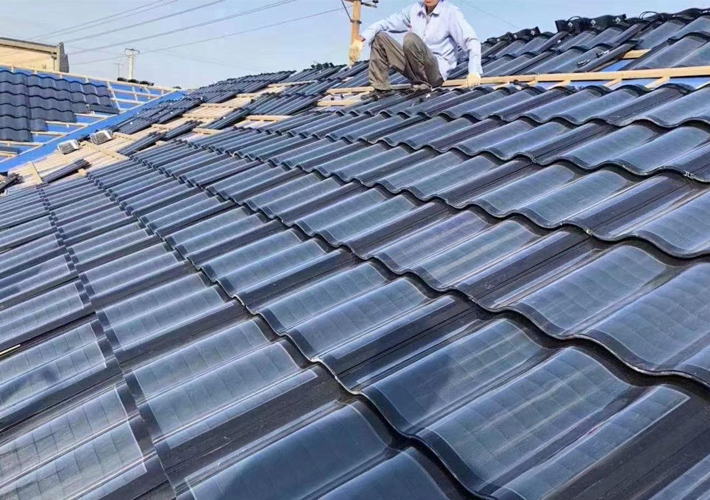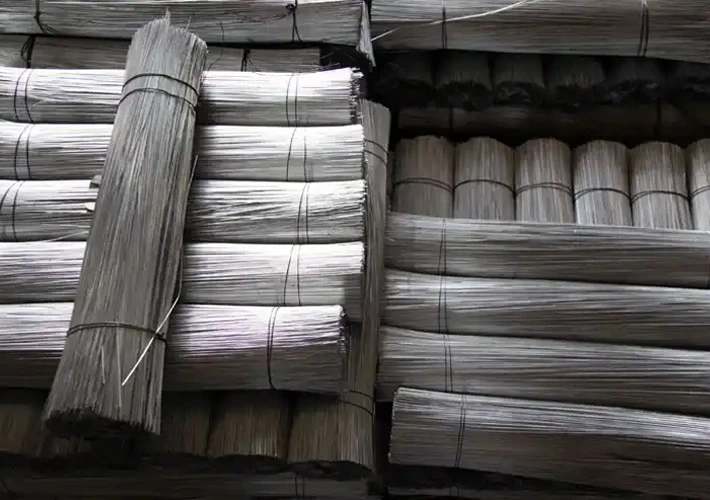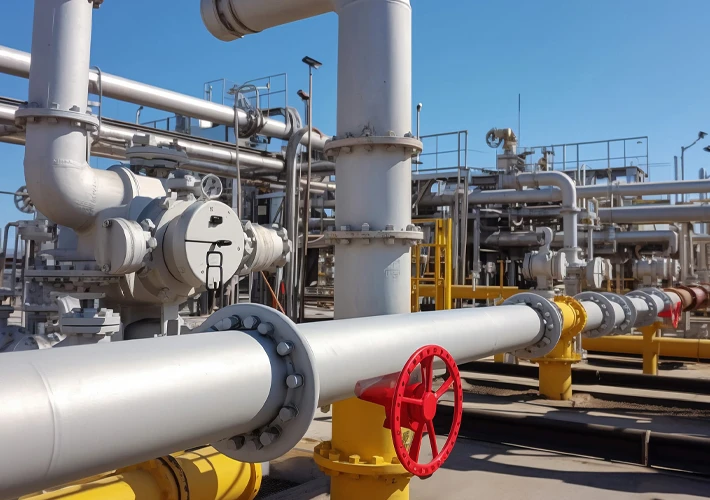
Drywall screws are specialized fasteners designed specifically for securing drywall (gypsum board) to wood or metal studs. These screws are essential in construction and renovation projects due to their ability to provide a strong, secure attachment while minimizing damage to the drywall.
Here’s a more detailed breakdown of each step in the production process of drywall screws:
Drywall Screws Raw Materials
- Steel Wire Rods:
- Composition: Typically made from medium to high-carbon steel (around 0.3-0.6% carbon content).
- Properties: High tensile strength, durability, and malleability.
- Source: Purchased from steel manufacturers and suppliers.
- Coatings:
- Phosphate Coating: Usually black or gray, enhances paint adherence and provides a degree of rust resistance.
- Zinc Coating: Applied via electroplating, offers a shiny appearance and superior rust resistance.
- Other Coatings: Sometimes screws might be treated with additional coatings like ceramic for extra durability.
- Heat Treatment Chemicals:
- Quenching Oils: Used to rapidly cool screws after heating.
- Tempering Salts: Used to maintain temperature during tempering.
- Lubricants:
- Types: Oils, synthetic lubricants, or dry film lubricants.
- Purpose: Reduce wear on dies and tools during the forming and threading processes.
Drywall Screws Production Process
- Wire Drawing:
- Process: Steel wire rods are pulled through progressively smaller dies to reach the desired diameter.
- Equipment: Wire drawing machines equipped with a series of dies.
- Outcome: Reduction in diameter and increase in tensile strength due to work hardening.
- Cutting:
- Process: The drawn wire is straightened and cut into specific lengths, forming screw blanks.
- Equipment: Automatic cutting machines.
- Cold Heading:
- Process: Screw blanks are fed into cold heading machines where the head of the screw is formed.
- Steps:
- Blow: The blank is placed into a die.
- Forming: A punch is pressed into the die to form the head shape.
- Types of Heads: Flat, pan, round, bugle, etc.
- Equipment: Cold heading machines with various dies and punches.
- Thread Rolling:
- Process: Blanks are rolled between two dies to form threads.
- Steps:
- Positioning: The blank is positioned between a stationary die and a moving die.
- Rolling: The moving die rolls across the blank, pressing the thread pattern into it.
- Equipment: Thread rolling machines with specialized thread dies.
- Heat Treatment:
- Process: Screws are heated to a specific temperature and then rapidly cooled (quenching) to harden the material.
- Steps:
- Austenitizing: Heating the screws to transform the steel structure.
- Quenching: Rapid cooling to lock in the hard structure.
- Tempering: Reheating to a lower temperature to reduce brittleness.
- Equipment: Heat treatment furnaces and quenching tanks.
- Coating:
- Phosphating:
- Cleaning: Screws are cleaned to remove oils and residues.
- Phosphating: Immersed in a phosphate solution to create a thin, corrosion-resistant layer.
- Electroplating:
- Cleaning: Same initial cleaning process.
- Plating: Screws are placed in an electrolytic bath where zinc or another metal is deposited onto their surface.
- Other Coatings: Similar steps for other coating processes like ceramic.
- Phosphating:
- Quality Control:
- Inspection:
- Dimensional Checks: Verifying length, diameter, and thread pitch.
- Hardness Tests: Ensuring screws meet hardness specifications.
- Coating Thickness: Measuring the thickness of protective coatings.
- Equipment: Micrometers, calipers, hardness testers, coating thickness gauges.
- Inspection:
- Packaging:
- Process: Screws are sorted, counted, and packaged according to customer specifications.
- Steps:
- Sorting: Automated or manual sorting to ensure consistent quality.
- Counting: Counting machines or manual counting.
- Packing: Placing screws into boxes or bags, labeling, and sealing.
- Equipment: Sorting and counting machines, packaging machines.
Additional Considerations
- Environmental Compliance: Ensuring that waste products from coating processes, like phosphating or electroplating solutions, are disposed of or recycled according to environmental regulations.
- Automation: Many modern factories use high levels of automation in these processes to increase efficiency, reduce labor costs, and ensure consistency in screw production.

This detailed overview of the production process highlights the complexity and precision required to manufacture high-quality drywall screws.
If you want to know the catalog and quotation of drywall screws, please contact us!





